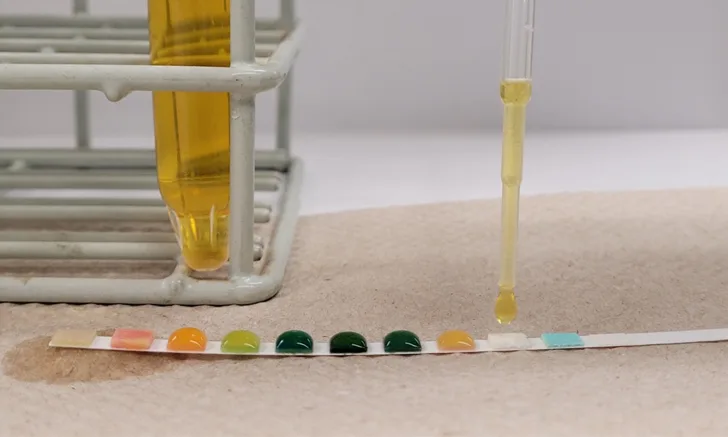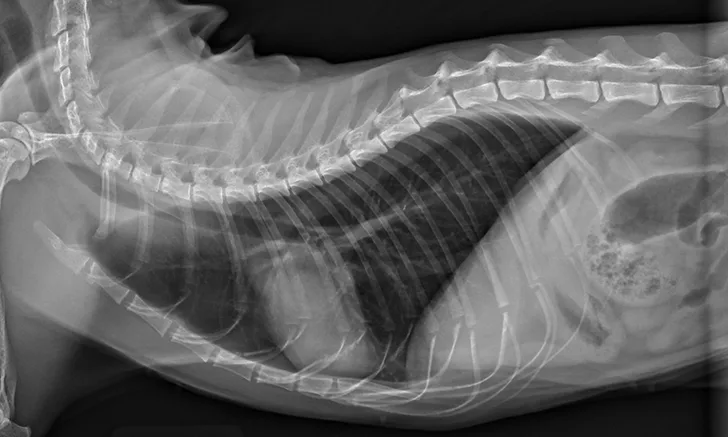Daily Rounds

Watch Now
Drug Considerations for Neonatal & Pediatric Veterinary Patients
Discover our top dos and don’ts when it comes to medication administration in this patient population.
ArticleVideo
Today's Highlights
Author Spotlight

"Accelerated Immunotherapy Protocols for Atopic DogsElizabeth FalkAIT generally requires 9 to 12 months to take effect when administered via traditional, nonaccelerated protocols.
"
DVM, DACVD

"Top 3 Conditions Missed by Skipping UrinalysisCandice P. ChuUrinalysis should be considered as part of the minimum database to allow early detection of disease or trends.
"
DVM, PhD, DACVP (Clinical Pathology)
Daily Challenge
Brought to you by Solensia

Poll
Quiz
Clinical Image
NEW IN CONTINUING EDUCATION
1 HR CE Credit
Upcoming webinarAPRIL 22, 2024 5:00 PM
Sponsored byDechra
1 HR CE Credit
Upcoming webinarMAY 1, 2024 12:00 AM
Sponsored byStandard Process
1 HR CE Credit
Upcoming webinarMAY 14, 2024 5:00 PM
Sponsored byPurina
1 HR CE Credit
Upcoming webinarMAY 17, 2024 12:00 AM
Sponsored byZoetis
RECOMMENDED FOR YOU
New in podcasts
Podcast: Spotlighting the Referral Partner Relationship
24m:06sEp. 238
New in Drugs & Therapeutics
New in Clinical Skills
ArticleSponsored
Sponsored byiM3
ArticleSponsored
Sponsored byZoetis
New in Client Relationships
21m:20s
Ep. 232
AudioSponsored
Sponsored byPurina
New in Practice Life
24m:06s
Ep. 238
VideoAudio
15m:08s
Ep. 235
VideoAudio
FROM OUR PARTNERS
ArticleSponsored
Sponsored byAntech Diagnostics
ArticleSponsored
Sponsored byHill's Pet Nutrition
ArticleHandoutSponsored
Sponsored byHill's Pet Nutrition
Sponsored
Sponsored byZoetis
Use Plumb’s™ to take your practice further
From the team that brings you Clinican’s Brief, extend your knowledge with everything from diagnostic and treatment guidance to reliable drug information and pet owner education. Plumb's™ is the easy-to-use tool you can rely on to find the best path forward for every patient.
Drug Monographs
Drug Interaction Checker
Medication Guides
Clinical Briefs
PRO
Algorithms
PRO
Patient Guides
PRO







